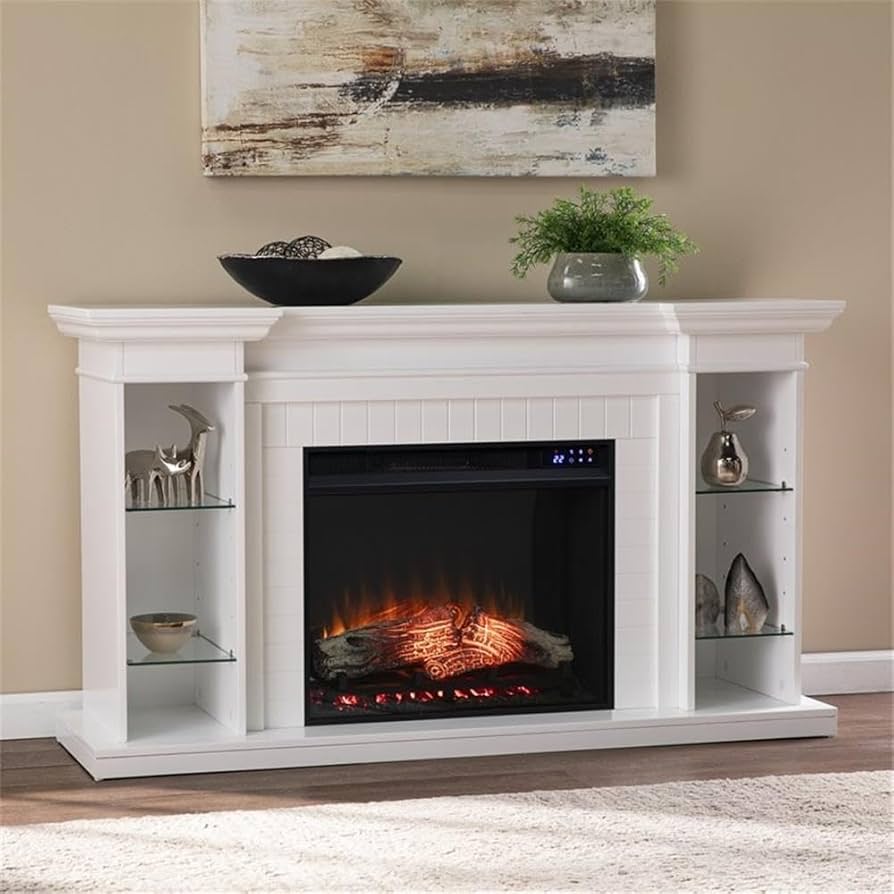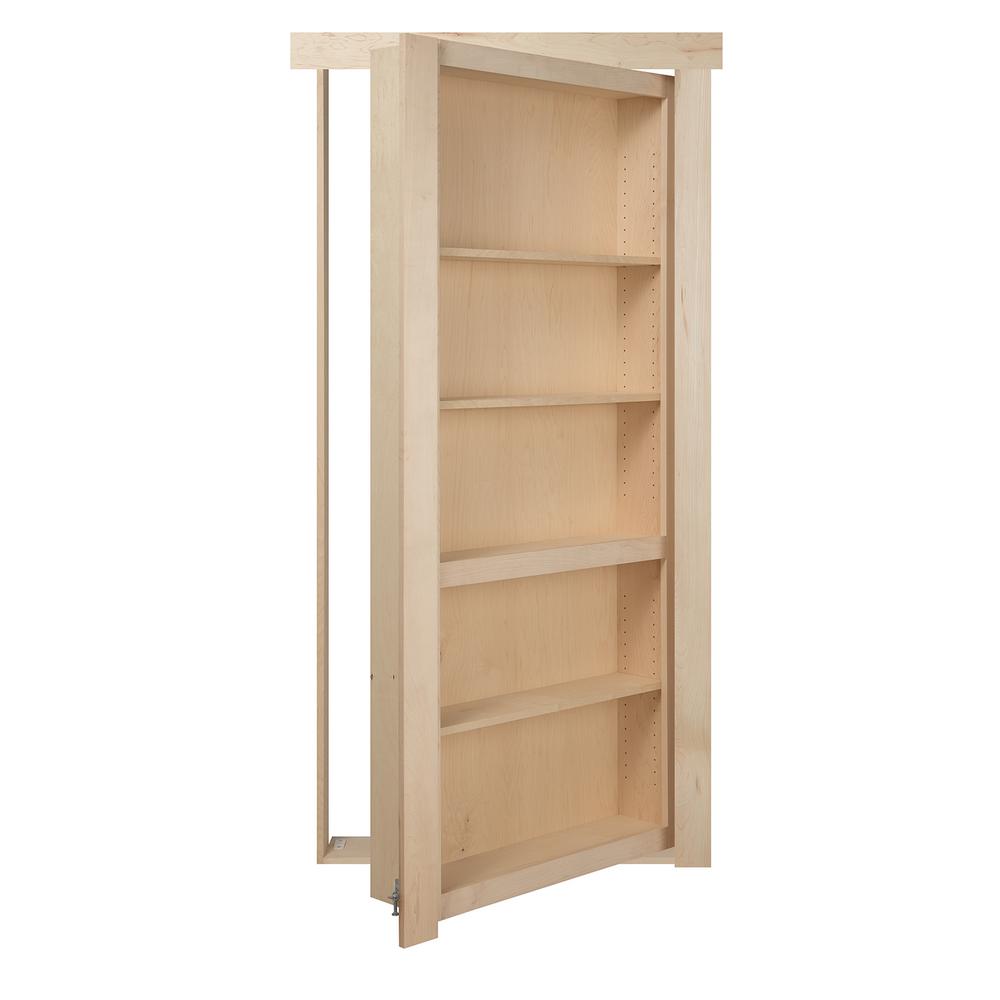Choosing the Right Materials for Your Bookcase
Selecting the proper materials is crucial when you plan to build a bookcase. Here are key points:
- Purpose and Weight Capacity: Consider what you’ll store on your bookcase. Heavier items need sturdy materials like solid wood.
- Wood Types: Popular choices include pine for affordability and hardwoods like oak or maple for durability. Avoid particleboard if you want long-lasting quality.
- Plywood vs. Solid Wood: Plywood is cost-effective and resists warping. Solid wood is more expensive but adds a rich look.
- Aesthetics: The material should match your room’s style. Stain or paint can enhance natural wood’s look.
- Eco-Friendly Options: For sustainability, look for reclaimed wood or certified sustainable forest products.
Choose materials that will ensure your bookcase is both functional and beautiful. Remember, the right materials will help your bookcase endure over time. Make sure to factor in your personal style and the weight of the items you’ll be placing on the shelves when making your decision.
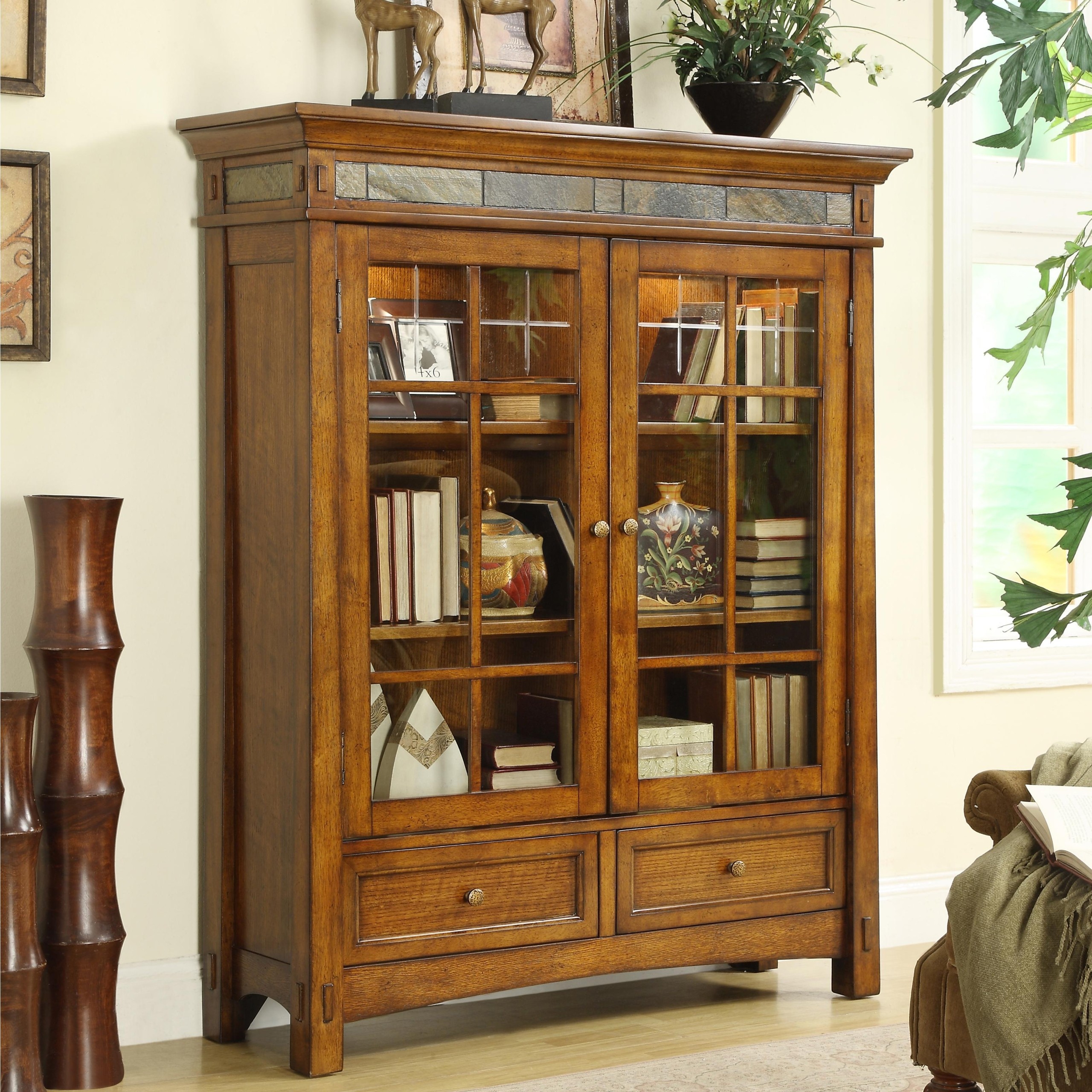
Tools and Equipment You’ll Need
Before you start to build a bookcase, it’s essential to gather the right tools and equipment. This ensures a smooth building process. Here’s a list of what you’ll need:
- Measuring Tape: To measure wood accurately.
- Circular Saw or Hand Saw: For cutting wood to the right size.
- Drill: To easily create holes for screws.
- Screwdriver: For assembling pieces together.
- Hammer: In case you need to nail anything.
- Level: To ensure your bookcase stands straight.
- Sandpaper or Sander: To smooth out rough edges.
- Clamps: To hold pieces together while you work.
- Safety Gear: Glasses to protect your eyes and gloves for your hands.
Remember, using the correct tools will help you build a bookcase that is sturdy and looks professionally made. Double-check that you have all these items before you start. This will save you time and prevent unnecessary interruptions during the building process.
Measuring and Cutting Your Wood
Once you have chosen your materials and gathered your tools, the next step to build a bookcase is measuring and cutting your wood. Precision is key to ensure that all the pieces fit together perfectly. Here’s how to do it correctly:
- Mark Your Measurements: Use a pencil and measuring tape to mark the exact dimensions on the wood. Do this twice to ensure accuracy.
- Secure Your Wood: Before cutting, make sure your wood is stable. Use clamps to secure it to your workspace.
- Wear Safety Gear: Always wear safety glasses to protect your eyes from wood chips and dust.
- Cut With Care: Follow the markings with a circular saw or hand saw. Keep your hands steady and the saw straight.
- Check the Angles: After each cut, use a level or square to check that the angles are 90 degrees, unless a different angle is required by your design.
- Double-Check Measurements: Before moving on, measure each piece again to make sure they are the correct size.
Remember, take your time with each cut to avoid mistakes. It’s better to cut slowly and accurately than to rush and make an error. Accurate cuts are essential for a seamless assembly later on.
Assembling the Bookcase Frame
Now that you’ve measured and cut your wood, you’re ready to assemble the bookcase frame. The frame is the skeleton of your bookcase, so it’s essential to get this step right. Here’s how:
- Lay Out the Pieces: Start by laying out your cut pieces on a flat surface. Arrange them to form the bookcase frame.
- Pre-drill Holes: Before securing the pieces together, pre-drill holes to avoid splitting the wood.
- Secure the Sides to the Base: Using your drill and screws, attach the side panels to the bottom shelf. Check that they are perpendicular using a level.
- Fit the Top Shelf: Once the sides are secure, attach the top shelf using the same method.
- Install the Back Panel: Cut a back panel for added stability. Attach it with small nails or screws.
- Double-Check Stability: After assembly, gently test that the frame is sturdy and square.
Building the frame accurately ensures a solid foundation for your bookcase. It’s vital to keep checking the squareness and stability as you go. That way, your bookcase will not only look good but will also be safe and functional. Continue to follow these steps, taking your time to measure and align precisely, and you’ll have a solid frame ready for the next stage – adding shelves and support.
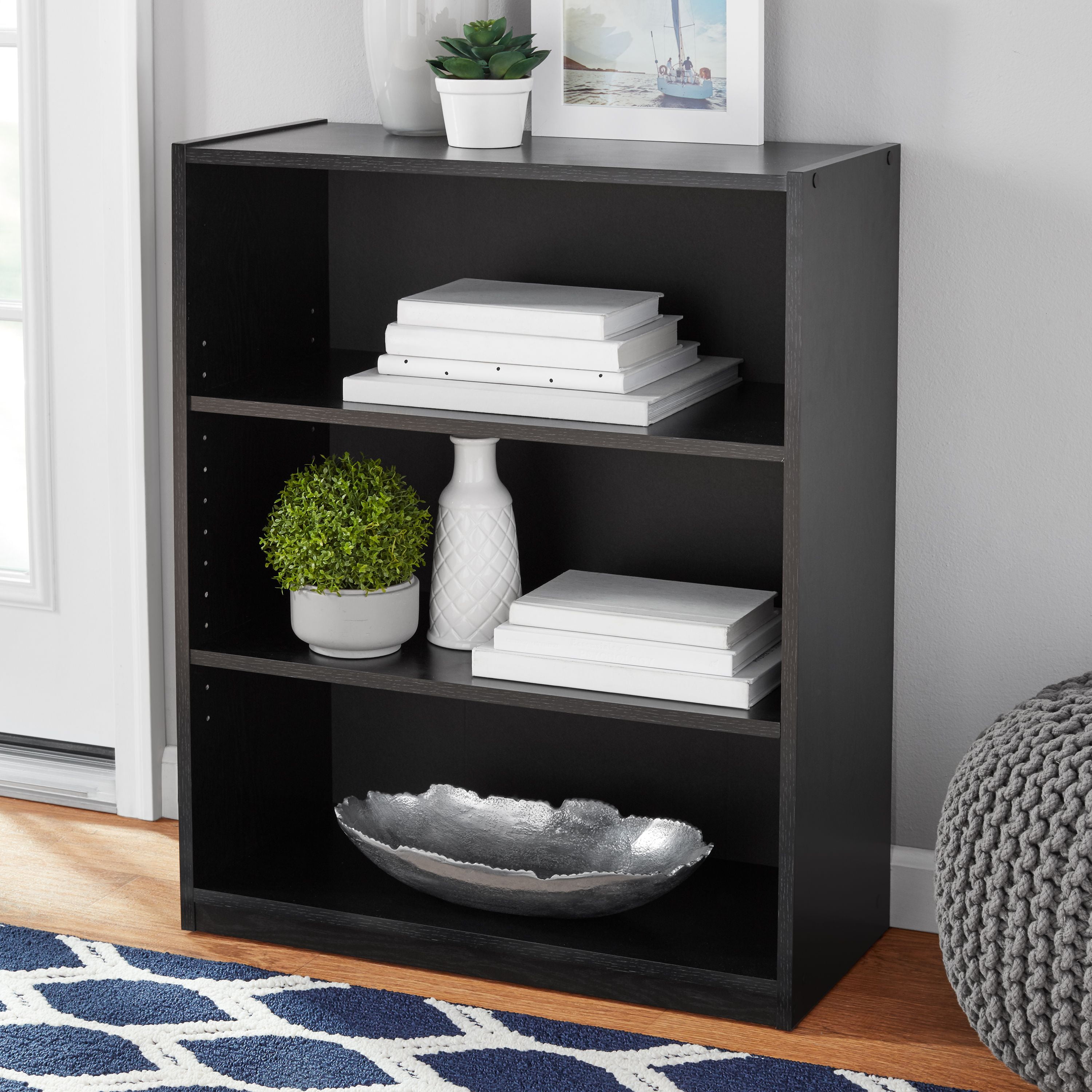
Adding Shelves and Support
After assembling the frame, the next step is to add shelves and support. This is crucial for the bookcase’s functionality and strength. Here is the process:
- Measure Shelf Spaces: Mark where you want your shelves to rest within the frame.
- Cut Shelves to Size: Using a saw, cut your shelves according to the measured spaces.
- Secure Shelves With Screws: Affix shelves by pre-drilling and then screwing into the frame.
- Add Support Brackets If Needed: For heavy loads, consider attaching metal brackets underneath.
- Ensure Even Spacing: Use a level to make sure each shelf is perfectly horizontal.
- Apply Wood Glue for Extra Hold: A dab of glue can add strength to the shelf joints.
Building strong support is key when you build a bookcase. Always double-check measurements and levelness. With careful shelf installation, your bookcase will hold up well and look great.
Finishing Touches: Sanding and Painting
After you build a bookcase and add all the shelves, you need to sand and paint it. This gives your bookcase a polished look and protects the wood. Follow these steps to finish your bookcase:
- Sand the Wood Smoothly: Start with coarse sandpaper and work your way to fine grit. Sand along the wood grain. This will prep the wood for painting.
- Clean the Dust Off: Wipe down the entire bookcase with a damp cloth. Remove all sawdust before painting.
- Apply Primer: Choose a primer suited for your wood type. A primer will help the paint adhere better and last longer.
- Paint Evenly: Apply paint in thin, even coats. Let each coat dry before applying the next. Be patient for the best results.
- Consider a Sealant: For extra protection, apply a clear sealant over the paint. This will guard against scratches and wear.
Sanding and painting are vital to ensure a durable and attractive bookcase. Take your time with each step. A carefully finished bookcase can be a beautiful addition to any room.
Mounting Your Bookcase Securely
Once you build a bookcase and it looks and functions just as you envisioned, mounting it securely is the final critical step. Here’s a guide to ensure your bookcase stays firmly in place:
- Choose the Right Location: Find a spot where the bookcase won’t obstruct traffic and is near wall studs for secure mounting.
- Locate Wall Studs: Use a stud finder to locate studs in the wall. These provide the strongest support for your bookcase.
- Mark the Position: With a pencil, mark where the top of the bookcase will meet the wall and where the studs are located.
- Install L-Brackets: Position L-brackets on top of the bookcase and secure them to both the bookcase and the wall studs with screws.
- Secure the Base: If necessary, anchor the base of the bookcase to the wall using brackets.
- Double-Check Stability: Give your bookcase a slight shake to ensure it doesn’t wobble. Adjust if needed.
Mounting your bookcase securely will prevent tipping and accidents, especially in homes with children and pets. Follow these steps to make sure your bookcase remains safe and stable for years to come.
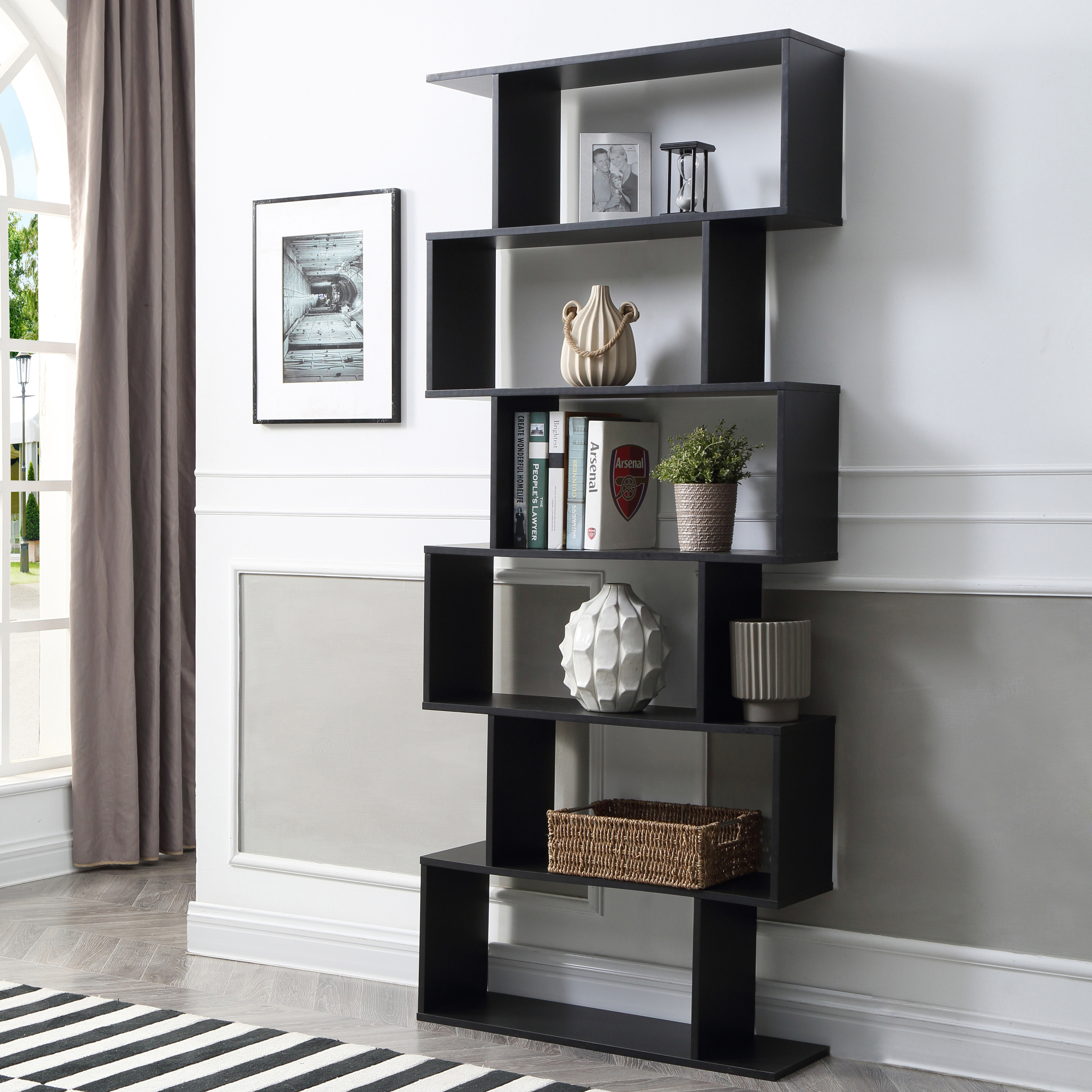
Tips and Tricks for Bookcase Maintenance and Care
After you build a bookcase, it’s important to maintain it well to ensure it lasts. Here are some tips:
- Regular Dusting: Wipe your bookcase with a soft, dry cloth often to prevent dust accumulation.
- Avoid Moisture: Keep the bookcase away from damp areas to protect the wood from warping.
- Use Coasters: Place coasters under potted plants or drinks to prevent water rings and wood damage.
- Keep it Level: Make sure your bookcase stands on an even surface to prevent undue stress on joints.
- Tighten Screws: Check and tighten any loose screws periodically to maintain stability.
- Avoid Sunlight: Direct sunlight can fade paint and finish, so place your bookcase in a shaded spot.
- Use Polish: Use wood polish on occasion to restore shine and protect the finish.
- Be Mindful of Weight: Don’t overload the shelves to keep from bowing or breakage.
Consistent care will keep your bookcase looking great and functioning properly. Stick to these practices and your bookcase will stand the test of time.

